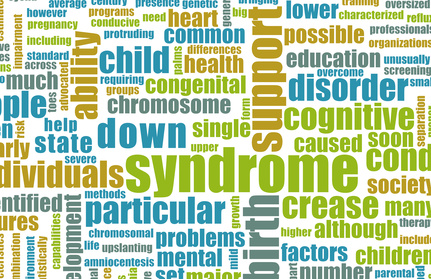Among all the disabilities out there, the Social Security Administration gets more applications based on back problems than any other disability listing. This is, in part, because of the prevalence of back problems among the US population. Obtaining disability benefits for back problems is not necessarily easy; the Social Security administration will not usually grant disability benefits to an applicant who is suffering from the normal back pains associated with getting older. However, the Administration may determine that benefits are appropriate for certain cases of:
– Spinal stenosis: Spinal stenosis is a narrowing of the open spaces within your spine, which can put pressure on your spinal cord and the nerves that travel through the spine. Spinal stenosis occurs most often in the neck and lower back.
– Nerve root compression: Nerve root dysfunction, which is usually secondary to chronic pressure or invasion of the root, causes a radicular syndrome of pain and segmental neurologic deficit.
 People who suffer from obesity live restricted lives in many ways. For example, those with obesity may have difficulty with the following tasks:
People who suffer from obesity live restricted lives in many ways. For example, those with obesity may have difficulty with the following tasks: Indiana Social Security Disability Attorney Blog
Indiana Social Security Disability Attorney Blog





 The primary way to qualify is to do so under one of fourteen “listings.” These listings are essentially different types or categories of diseases and disorders. The Social Security Administration has developed the following categories, or listings:
The primary way to qualify is to do so under one of fourteen “listings.” These listings are essentially different types or categories of diseases and disorders. The Social Security Administration has developed the following categories, or listings: The impairments resulting from Down syndrome are both mental and physical. On the mental side, the chromosomal defect causes cognitive delays that result in a reduced intellectual functioning. The reduced functioning is mostly mild to moderate. On the physical side, the defect produces weak muscle tone in infancy and a characteristic facial appearance. According to the
The impairments resulting from Down syndrome are both mental and physical. On the mental side, the chromosomal defect causes cognitive delays that result in a reduced intellectual functioning. The reduced functioning is mostly mild to moderate. On the physical side, the defect produces weak muscle tone in infancy and a characteristic facial appearance. According to the 




